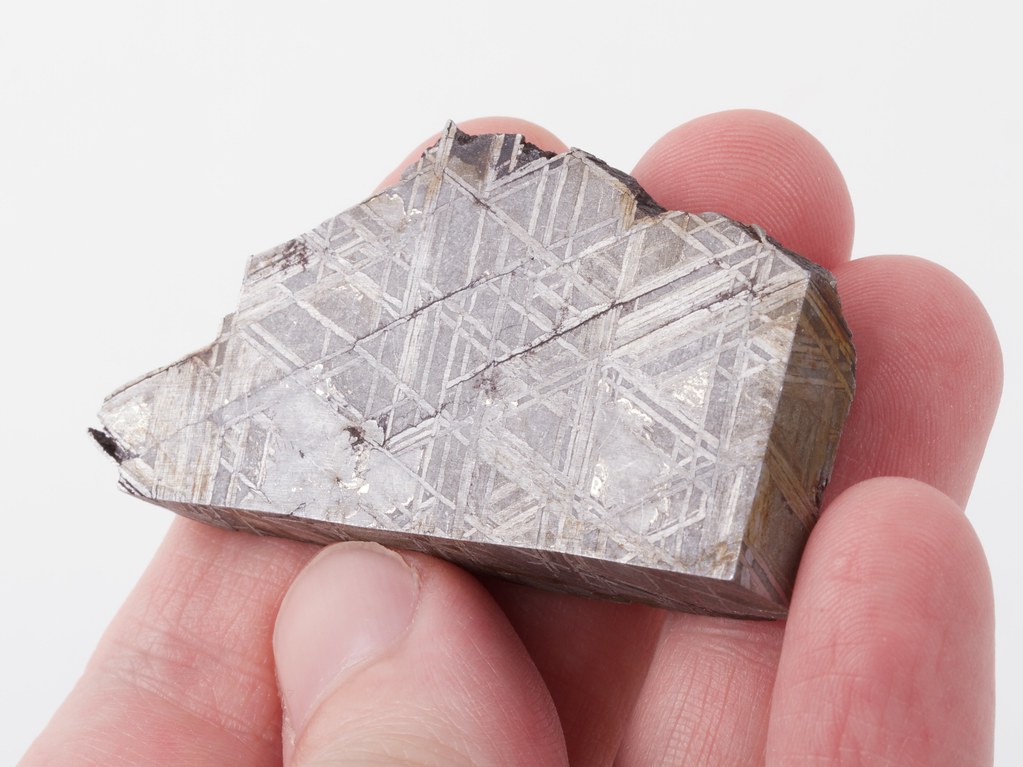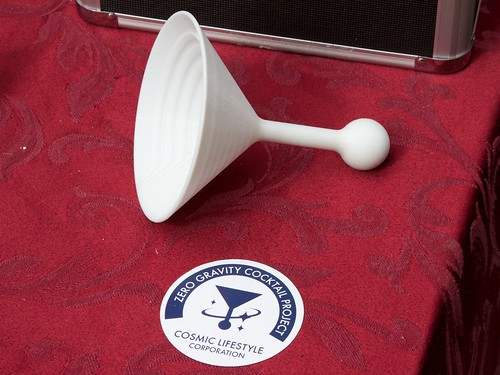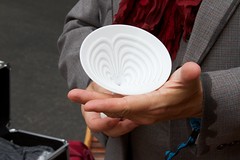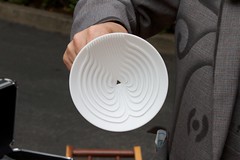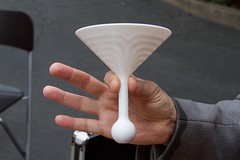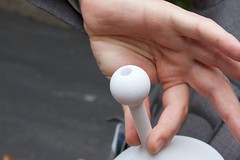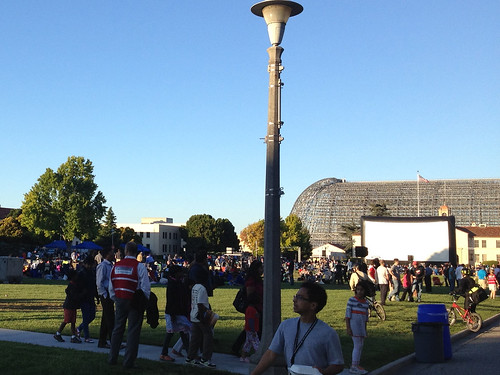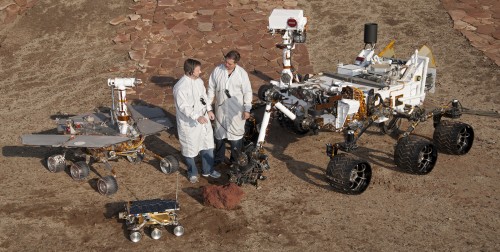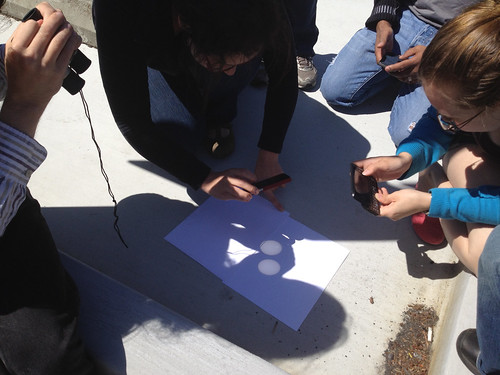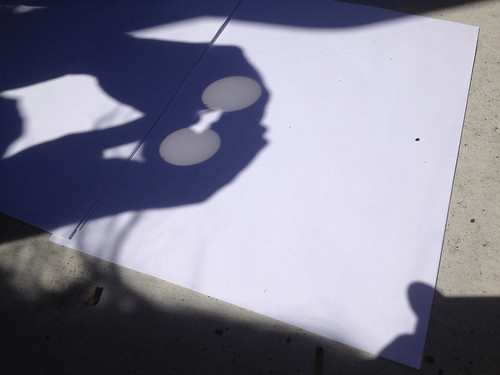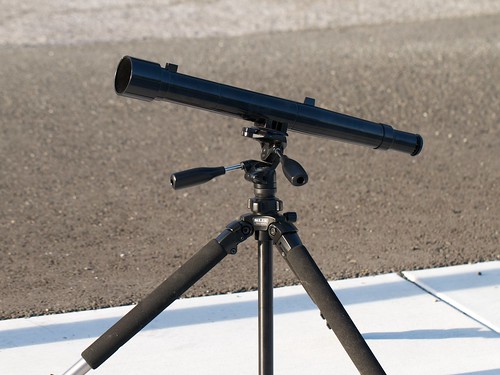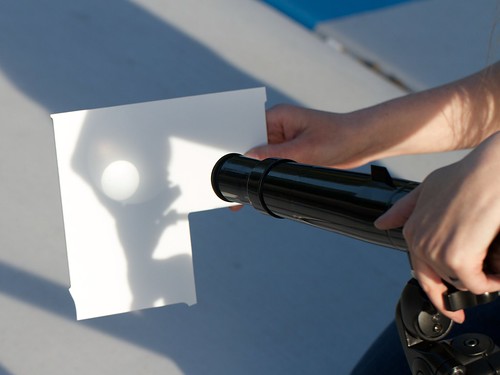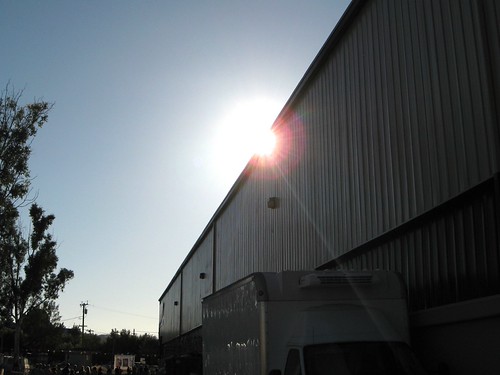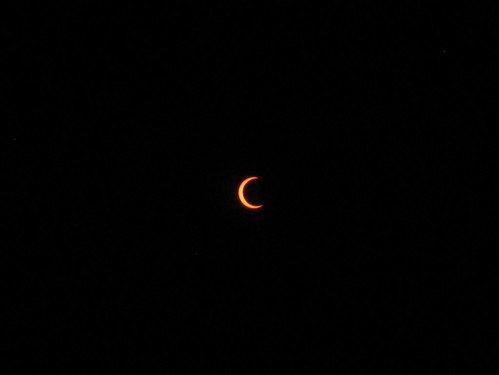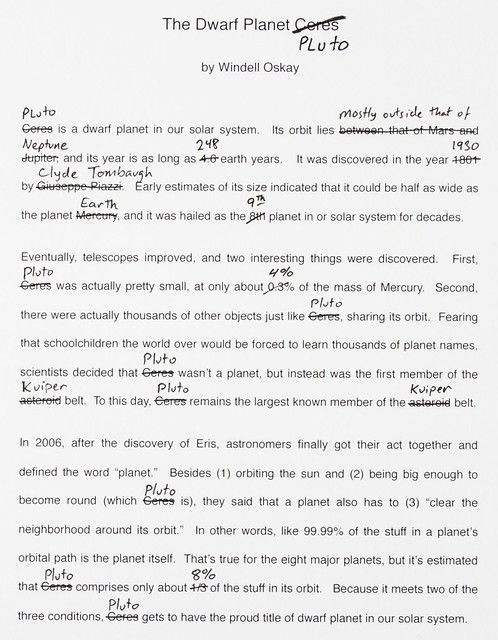This little chunk of crystalline metal is a tiny slice of a meteorite — a rock that fell from the sky. When one says that, the next natural question is, “how do you know it’s a meteorite?” (We will get to that.) But what is really staggering is not just that we know, but how much we know about it and its history. And what a long history it is.
This specimen is a 68 gram sample cut from a fragment of the Muonionalusta meteorite. According to our best current understanding, the parent body that Muonionalusta came from was one of the earliest bodies to take shape during the formation of our solar system. It began as a protoplanet (or planetisimal) that accreted within the protoplanetary disk that would eventually become our solar system. It accreted over the course of roughly the first million years after the beginning or our solar system. (That is to say, during the first million years after the very first solids condensed from the protoplanetary disk.) The parent body had an iron-nickel “planetary” core, 50–110 km in radius, that was eventually exposed by collisions that stripped away most of its insulating mantle. It cooled very slowly over the next 1-2 million years. It is estimated (with startling precision) by Pb-Pb dating that the body crossed below a temperature of ~300 °C at 4565.3 ± 0.1 million years ago, just 2-3 million years after the solar system began to form. For the next four billion years, it led a largely unremarkable existence as an asteroid (minor planet) until it broke apart (possibly due to a major collision) about 400 million years ago. Then, one fine day roughly one million years ago, a large fragment entered the earth’s atmosphere, breaking into hundreds (perhaps, thousands) of smaller fragments that rained down in a shower of fire upon what is now northern Sweden and Finland. Four ice ages transported the surviving meteorite fragments across the Swedish tundra, until their first discovery (and naming after the nearby Muonio river) in 1906.
But, how do we know all of that?
Continue reading A Fragment of Muonionalusta





